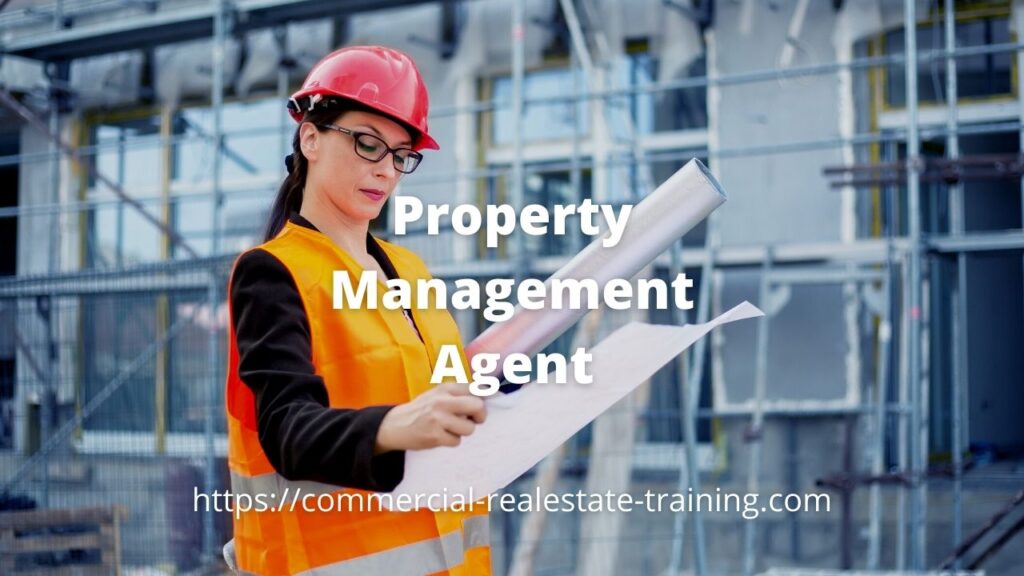Workflow Planning for Property Managers
Commercial and Retail property managers are very busy people most of the time. The greater the number of buildings that they manage and tenants that are contained in those buildings, the busier things are. Planning your workflow is a good idea.
Through all that activity and pressure, the best property managers will have a daily workflow that they can adhere to. That plan helps them mastermind property controls and services to landlords and tenants. Let’s help with that.
A workflow or planner will help keep things under control for the landlords and tenants they serve within the properties they manage. It is a difficult balance to achieve if you have a lot of properties and tenants to look after.
Let’s look at that further with some property manager ideas and systems. I will share with you now some strategies that can help you with your workflow allow you to build a reliable operational management system where you can keep property issues and activities under control.
Set Your Priorities and People
As a special note here, most experienced property managers understand the high value of unique property factors such as income, risk management, and property performance for the landlords that they serve.
Those top property managers become the ‘strategists’ for the landlord clients they serve. They make recommendations well in advance so that their landlord clients have clear choices based on proven trends and facts.
What is the crucial fact or approach here to work towards? The landlord clients can and should trust the information shared and ideas their property managers provide. Are you in that position of trust with your property management clients today? It is something to think about and work towards.

Optimize Progress Planning
Here is a workflow planner for commercial and retail property management today.
See if you can use these property management ideas and add to them as part of the process.
- Start every day with an arrears check across all your buildings and with all tenancies. Look for the late payers of rent, and don’t let those problems get away from you. It is too easy to let an arrears problem slip by, only to later find that you have very little chance of rental recovery. The tenants in a property will typically hide business pressures from you, and the only way you will see that something is not right will be in the lack of timely rent payment. So watch what is happening here and stay ahead of rental arrears and short payments.
- Lease and tenancy critical dates are something to watch. Every lease in every building that you manage will have unique elements of change and date ‘triggers’ to watch. They are the lease critical dates, and they can apply to an array of lease issues such as options, expiry dates, rental changes or reviews, and property outgoings payments. They can also apply to various lease covenants that impact the landlord, the tenant, or both parties. That is why every lease should be thoroughly reviewed when you take on any new property management. That is your job and should focus on any new property management appointment. So watch all the lease dates well in advance and prepare for the issues that are coming up. When in doubt about leases and tenants in occupancy, ask more questions.
- Risks can evolve from a lease and or landlord/tenant relationship. Maintenance factors in property management are also potentially those that can be involving risk. Look for the things that can go wrong in a property or lease situation and expect that they very likely will become a problem when you least expect it. Then, manage the risk and ensure that your client’s exposure to risk is contained within the legal laws for your location.
- Maintenance tracking is something that requires an array of systems and controls. It can take days or weeks for a maintenance issue to be attended to. You have the elements of cost to start with and the problems of how the maintenance will be done. Think about the stakeholders in the maintenance situation. Tenants, customers, the landlord, and the maintenance contractors are all stakeholders to think about. Safety and compliance to all codes and applicable building regulations are also there for you to consider. The best way to track maintenance issues is through proven and detailed correspondence, emails, work authorities, and order number systems. When a work job starts, the entire maintenance file should be a detailed record of interaction and progress with all parties involved.
- Start a document register for your buildings, tenants, landlords, and maintenance issues. That means that you start the record at the highest level, the client. That will usually be the landlord of the property. From that point, you can break down the document records or registers into buildings and then subsets such as tenants, leases, operational issues, essential services, risk, capital works, financials, budgets, reports, and maintenance. All your reports, communications, and meeting records can also go into the register. Many software-based property management systems today have that capability for you to use. If you do not have something convenient and suitably detailed, you can use an online-based note-taking system such as Evernote and set up a new ‘notebook’ for each building you manage. Every building notebook is then split into the subsets of active property information. The great advantage of that process is that you can ‘tag’ things as you enter them, making it easy to recover data.
- In any managed property, legal matters will arise for various reasons. Standard legal issues such as lease changes will be common events to initiate and work through; there are, however, many additional issues to that. Document all matters of a legal nature in property management. You do that so that you have something to fall back on when a problem or disagreement occurs with tenants, landlords, and maintenance contractors. Every conversation and email or written document will be essential to keep as part of your property legal records.
- Insurance is something to think about in an investment property. The client or landlord will likely have an insurance process and or company that you will need to approach when damage, risk, or injury happens in an investment property. The critical thing to understand here is that a risk event or the potential of it can happen at any time. How you respond to that property related risk will be vital to the outcome. Some insurers and landlords have specific processes and rules to be worked through with a risk event. Annual risk assessments are also expected today as property owners comply with their insurers risk management rules. At the centre of it all will be the property manager and the records they keep through the property management risk assessments or events. For example, how would you respond if someone was injured in one of your managed properties today? How would you control all property management communications with the stakeholders? Make sure you have the answers to those situations.
- Landlord communications and reporting are things to think about and implement. Every landlord will have specific methods of communication. The landlord’s report is also a good way of recording and communicating all current and upcoming property issues. In any property management report, you can add a notation about the decisions and instructions a landlord may have given you regarding a property and or tenancy matter. Spend time with your landlord reports, so they are an accurate record of property change, decisions, and activities. When something happens in a property, the landlord report can be the detailed record to maintain and update. Then, you can send that information off to the client landlord at the end of the week or month as proof of what is active and what will happen in the property over time.
- Financial matters in a property will relate to income, expenditure, and budgeting. Just about every economic issue in a property will fall into one of those categories. So, the budget for the property is set before the start of any financial year. After that, the property investment performance is tracked and monitored against that budget. The budget is not just a set of numbers. It is based on expended trends of costs and income flow. When you set a budget for a property and the landlord client, take time to note your assumptions and decisions (you may need to refer back to those assumptions later). Also, note the instructions of the landlord that would also apply. So, the property management budget is an accurate estimate of what can happen in the property over twelve months, considering all leases, vacancy factors, and operational property issues. In a large property such as an office, high-rise, or shopping centre, many assumptions and decisions will be made in an investment property performance budget. The best way to keep those matters recorded is to use a new spreadsheet each year and use different worksheets in the spreadsheet to record all assumptions, decisions, and instructions.
- Tenancy matters in a large property or across an entire property portfolio are potentially many. Each day you are likely to start your day with inbound calls from tenants; they will have issues, questions, and concerns for you to address. The more extensive your portfolio of managed buildings and the number of tenants, the busier you will be controlling that. All tenancy matters should be prioritized for the appropriate action. All notes should be taken and maintained. Cross-reference all your tenancy matters with the leases, agreements, and landlord instructions. I go back to the point here that you should use the landlord’s report as a record of agreement or instruction on all property matters, including tenants.
- As a final note here, check your tenancy schedules frequently for accuracy and any upcoming critical dates. Ensure that all the information tabulates correctly and accurately between the leases, the tenancy schedules, and the tenant and landlord records.
So, this list is comprehensive, yet you can add to the list yourself based on your location and the types of property under management. These factors mentioned here can be the start of property management workflow controls. Make them yours and keep your properties well under control.







